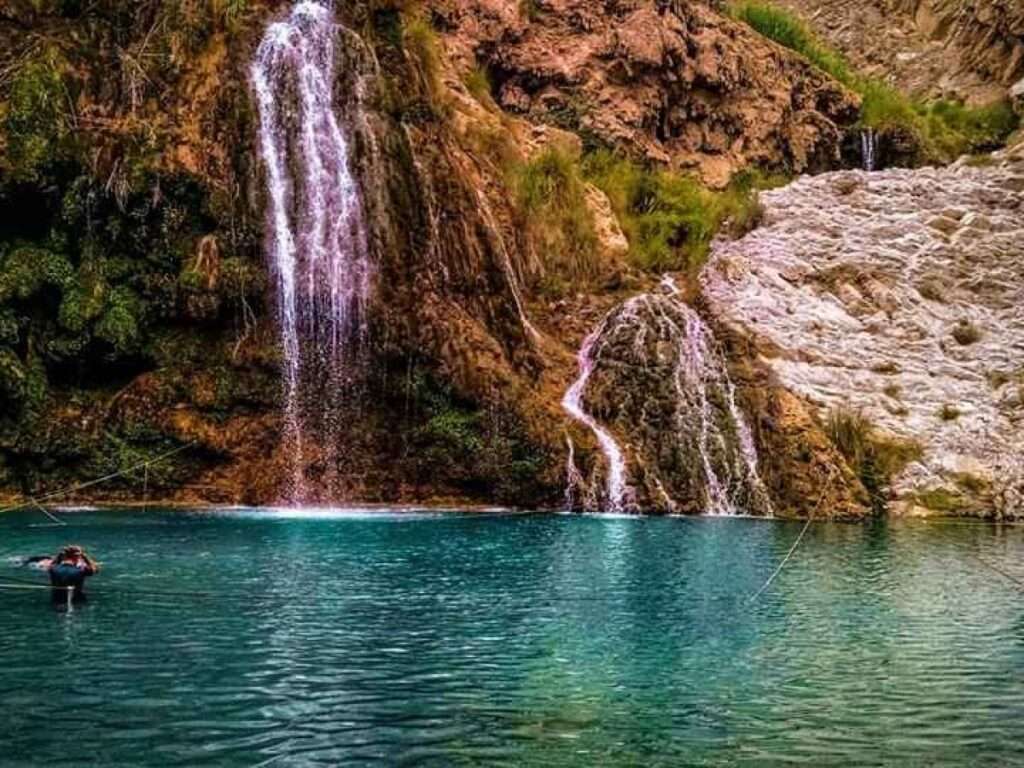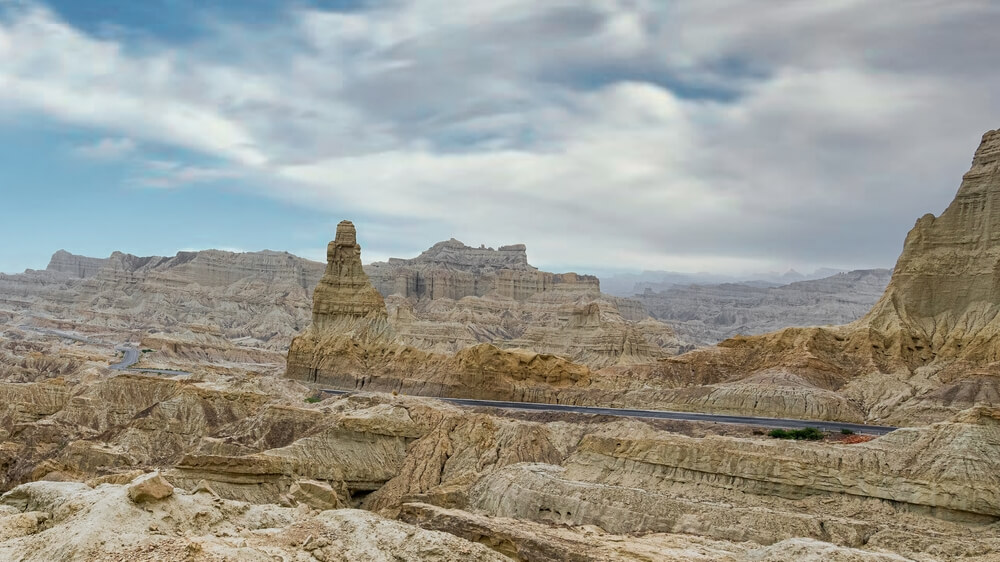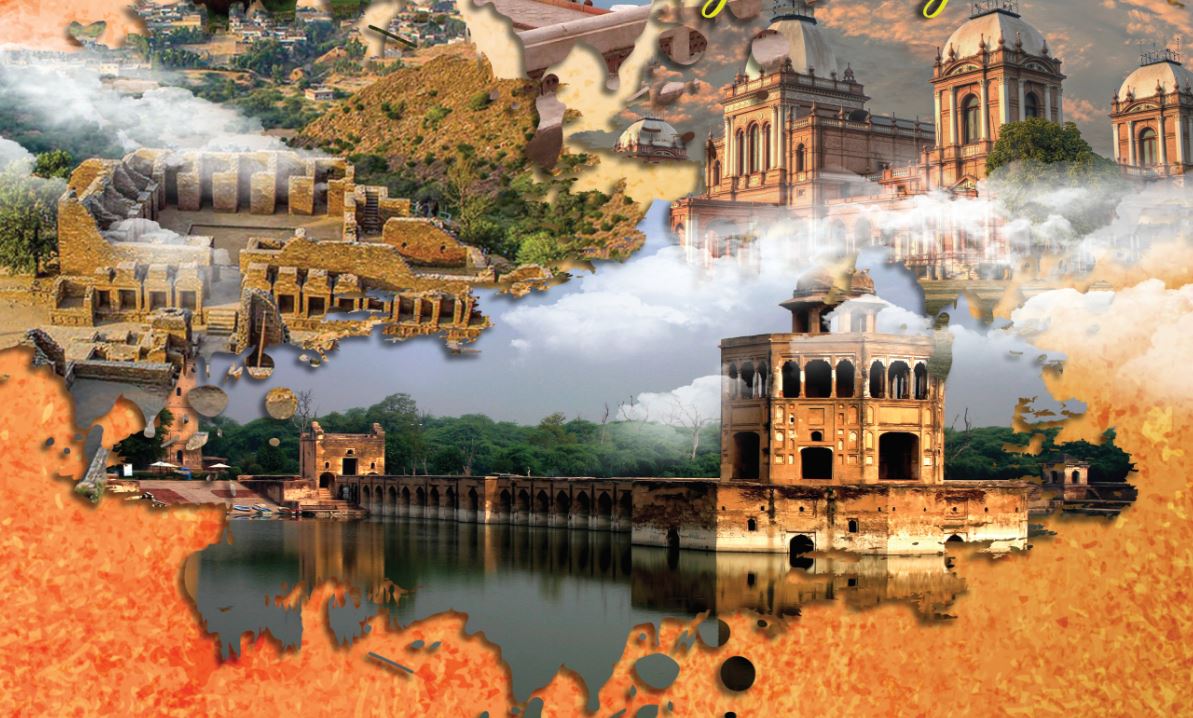Pakistan is a land of diverse cultures, rich history, and breathtaking landscapes—but perhaps no region is more mysterious and underexplored than Balochistan. Covering nearly 44% of the country’s land area, Balochistan is home to majestic mountains, unspoiled beaches, ancient archaeological sites, and vibrant tribal cultures. Yet, despite its immense tourism potential, the province remains largely off the radar for both domestic and international travelers.
This blog proposes a roadmap for unlocking Balochistan’s tourism treasures. With careful planning, investment, and community engagement, Balochistan can transform from an overlooked region into a dynamic hub for eco-tourism, cultural exploration, and adventure travel.
The Untapped Potential of Balochistan
Balochistan’s allure lies in its raw natural beauty and cultural richness. Unlike more developed tourist regions in Pakistan, Balochistan offers a sense of untouched authenticity. Some of the province’s most captivating hidden gems include:
1. Kund Malir and the Hingol National Park
Located along the Makran Coastal Highway, Kund Malir Beach is one of the most pristine shorelines in Pakistan. With golden sands, crystal-clear water, and a backdrop of rugged cliffs, it rivals any international beach destination.
Nearby is Hingol National Park, the largest in the country. Home to wildlife such as the Sindh ibex, Indian pangolin, and chinkara gazelle, as well as geological wonders like the Sphinx-like “Princess of Hope” rock formation, the park is a paradise for nature lovers and photographers.
2. Ziarat and the Juniper Forest
Ziarat is famous for being the last residence of Pakistan’s founder, Quaid-e-Azam Muhammad Ali Jinnah, but it’s also home to one of the oldest Juniper forests in the world. Some trees are over 5,000 years old. The forest offers cool weather, lush landscapes, and excellent opportunities for hiking and ecotourism.
3. Gwadar: The Emerging Port City
Gwadar, once a sleepy fishing village, is now at the center of Pakistan’s economic future thanks to the China-Pakistan Economic Corridor (CPEC). While its commercial development is booming, its tourism potential remains underexploited. With scenic coastlines, islands like Astola, and a fascinating blend of local Baloch culture, Gwadar can be a future hotspot for maritime tourism.
4. Mehrgarh: The Cradle of Civilization
Often overshadowed by sites like Mohenjo-Daro and Harappa, Mehrgarh is one of the earliest known farming settlements in the world, dating back to 7000 BCE. It’s a site of immense historical significance that could attract cultural tourists and researchers alike.
Why Tourism Development Matters
Tourism development in Balochistan isn’t just about leisure—it’s a powerful tool for economic growth, cultural preservation, and regional stability. Here’s how:
-
Job Creation: The hospitality, transportation, and services sectors can flourish with increased tourism, offering employment to local communities.
-
Cultural Exchange: Responsible tourism fosters understanding between different regions and cultures, breaking stereotypes and promoting unity.
-
Preservation through Awareness: As more people learn about Balochistan’s heritage and ecosystems, efforts to protect them will strengthen.
-
Alternative Revenue Streams: Tourism can diversify the economy in a region largely dependent on mining and agriculture.
Challenges to Overcome
Despite its potential, Balochistan faces several barriers to becoming a major tourism destination:
1. Security Perceptions
Although the situation has improved in recent years, international headlines often focus on unrest and militancy in the region. Clear communication about safety measures, improved law enforcement, and community-based tourism initiatives can help shift perceptions.
2. Infrastructure Gaps
Many of Balochistan’s most beautiful sites are difficult to reach due to underdeveloped roads, limited air travel options, and lack of reliable public transport. Hotels and tourist services are sparse or basic, especially outside major towns.
3. Lack of Awareness
Even within Pakistan, many people are unaware of Balochistan’s scenic and cultural offerings. A strong digital marketing campaign is needed to educate and inspire travelers.
4. Environmental Concerns
As tourism increases, so does the risk of pollution, habitat destruction, and cultural commodification. Any development plan must prioritize sustainability and respect for local traditions.

A Vision for Sustainable Tourism in Balochistan
To responsibly unlock Balochistan’s tourism potential, the following framework is proposed:
1. Eco-Tourism Hubs
Develop small-scale eco-lodges and guided nature experiences in areas like Ziarat, Hingol, and the Makran coast. Emphasize local ownership and minimal environmental impact. These hubs can cater to nature enthusiasts, researchers, and spiritual travelers seeking solitude and authenticity.
2. Heritage Circuits
Create well-defined travel circuits that link historical and cultural sites such as Mehrgarh, Kalat, and the ancient mud forts scattered across the province. Offer packages that include local storytelling, handicraft workshops, and traditional Balochi cuisine.
3. Digital Promotion and Storytelling
Launch a multi-platform digital campaign under a unified brand—e.g., “Discover Balochistan”—featuring immersive videos, traveler testimonials, and Instagram-friendly visuals. Collaborate with Pakistani travel influencers and YouTubers to showcase lesser-known locations.
4. Community Tourism Training
Equip local youth and women with skills in hospitality, guiding, safety, and language. Create local tour cooperatives to ensure that tourism revenue stays within communities.
5. Public-Private Partnerships
Encourage investment by offering incentives for eco-friendly resorts, transport services, and cultural centers. Governments can provide seed funding, while private entities bring in innovation and marketing expertise.
6. Strengthen Accessibility
Improve highways, air connectivity, and digital infrastructure. Offer transportation subsidies for tour operators during peak seasons. Install signage and maps in major languages at key tourist spots.
Case Studies and Inspiration
Countries like Jordan, with its desert heritage and Bedouin traditions, and Morocco, with its mountain kasbahs and coastal towns, offer compelling examples of how remote, culturally rich regions can become tourism success stories. Pakistan can adapt these models to fit Balochistan’s unique environment.
Conclusion: A Journey Waiting to Begin
Balochistan doesn’t need to be transformed to be attractive—it already has the beauty, the history, and the soul. What it needs is attention, respect, and thoughtful development.
By investing in sustainable tourism infrastructure, empowering local communities, and showcasing its hidden gems to the world, Balochistan can become a symbol of cultural pride and economic progress. It’s not just about bringing travelers in—it’s about bringing opportunity and dignity to the people who have called this land home for centuries.
The time to discover Balochistan is now.



